Bicycles have transcended their humble origins as a means of transportation to become high-performance machines capable of incredible speeds. Whether you’re a competitive cyclist seeking every last advantage or a cycling enthusiast craving the adrenaline rush of high velocity, understanding the factors that contribute to a bicycle’s speed is crucial. This guide delves into the world of fast bicycles, exploring the different types, design elements, and technological advancements that push the boundaries of cycling performance.
-
Contents hide
Introduction
The allure of speed has captivated cyclists for over a century. From the early days of board track racing to the modern pursuit of world records on velodromes and open roads, the quest to go faster has driven innovation in bicycle design and training methods. This guide explores the diverse range of fast bicycles, from velodrome-dominating track bikes to aerodynamic road bikes built for long-distance races and record attempts. We will delve into the key factors that influence a bicycle’s speed, including aerodynamics, weight, rolling resistance, and the crucial role played by the cyclist themselves.
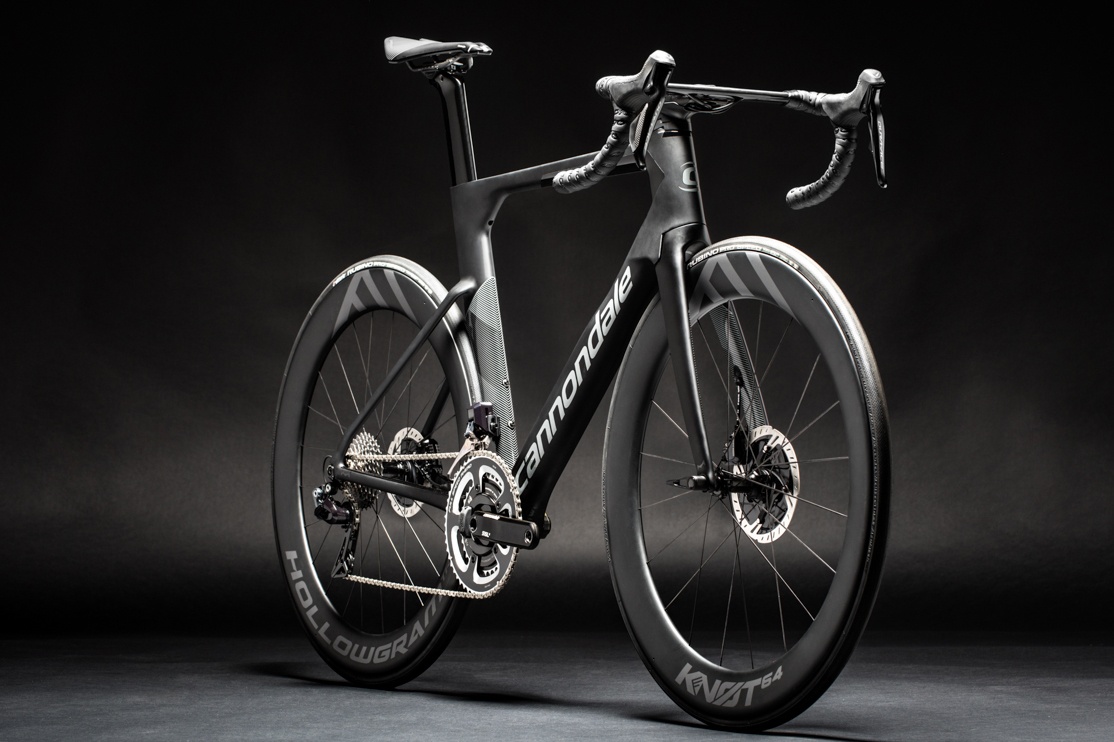
-
Types of Fast Bicycles: Tailored for Specific Speeds
Not all fast bicycles are created equal. Different types are optimized for specific racing disciplines and riding styles:
- Track Bikes: Designed for velodromes, track bikes have fixed gears, meaning the pedals rotate once for every revolution of the wheels. This eliminates the need for a derailleur and shifters, minimizing weight and maximizing power transfer. With a focus on pure speed and short, intense bursts of effort, track bikes feature aggressive geometry with a low handlebar position for an aerodynamic riding posture.
- Road Bikes: Lightweight and aerodynamic, road bikes are the workhorses of professional cycling. They are built for speed and endurance, featuring multiple gear options to tackle varying terrain and wind conditions. Road bikes come in different subcategories, with endurance bikes prioritizing comfort for long rides and race bikes prioritizing lightweight frames and aggressive geometry for maximum speed.
- Time Trial Bikes (TT Bikes): Specialized for individual time trial events, TT bikes prioritize aerodynamics above all else. They feature unique frame shapes with deep, airfoil tubes that minimize wind resistance. TT bikes often have integrated handlebar and stem setups for a low and sleek profile, and may come equipped with disc wheels for further aerodynamic advantage.
- Recumbent Bikes: These unique bicycles feature a reclined seating position with the pedals positioned in front of the seat. This design offers several advantages for speed, including reduced wind resistance and a more comfortable posture for long distances. While not as common in professional racing, recumbent bikes can achieve impressive speeds, especially on flat terrain.
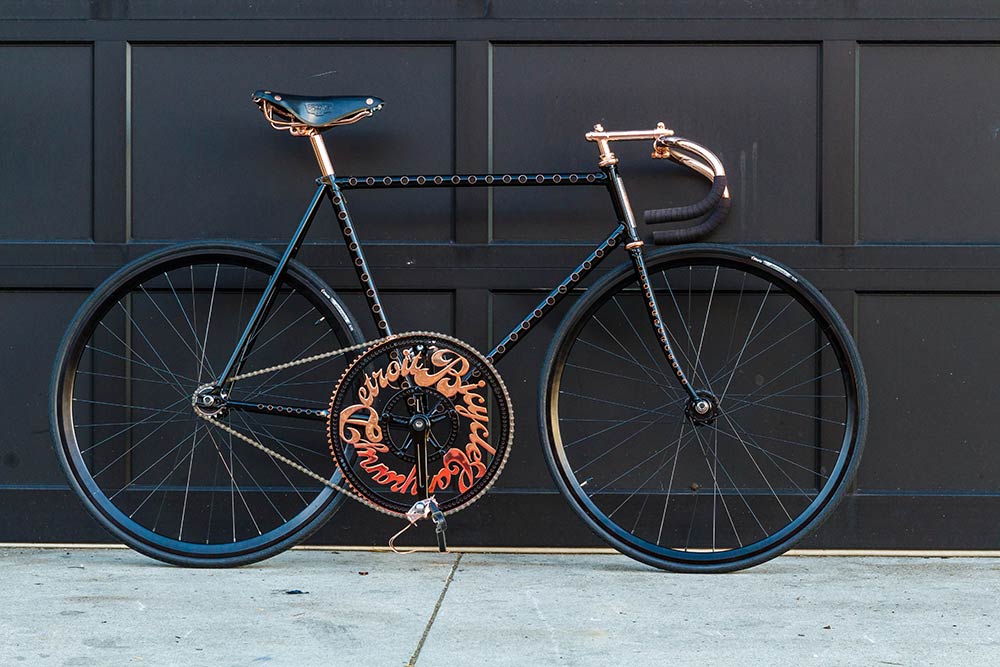
Design Elements for Speed: Engineering for Performance
The design of a fast bicycle goes beyond just looking sleek. Every component plays a role in optimizing speed:
- Frame Materials: Lightweight and stiff materials like carbon fiber and titanium are the preferred choices for high-performance bicycles. These materials minimize frame weight, allowing for efficient power transfer from the rider to the wheels. A stiff frame ensures that pedal strokes translate directly into forward motion, reducing energy wasted on frame flex.
- Aerodynamics: Aerodynamics plays a critical role in cycling, especially at higher speeds. Fast bicycles feature frame shapes designed to minimize wind resistance, often with tapered tubes and Kamm tail profiles that cut through the air with minimal drag. Components like wheels, handlebars, and seatposts are also designed with aerodynamics in mind, featuring aerodynamic shapes and smooth surfaces.
- Wheel Design: The wheels of a fast bicycle are a crucial element. Lightweight and aerodynamic rims made from carbon fiber or deep-section aluminum minimize weight and wind resistance. Tires are another important consideration. While thicker tires offer more comfort and puncture resistance, thinner, high-pressure tires offer lower rolling resistance for maximum speed. Choosing the right tire balance between these factors depends on the specific riding conditions.
- Drivetrain Efficiency: A smooth and efficient drivetrain ensures that maximum power from the rider is transferred to the rear wheel. This involves high-quality components like chainrings, cassettes, and derailleurs with low-friction bearings for precise and effortless gear changes. On high-end bicycles, electronic shifting systems provide lightning-fast and consistent gear changes, even under high pedaling forces.
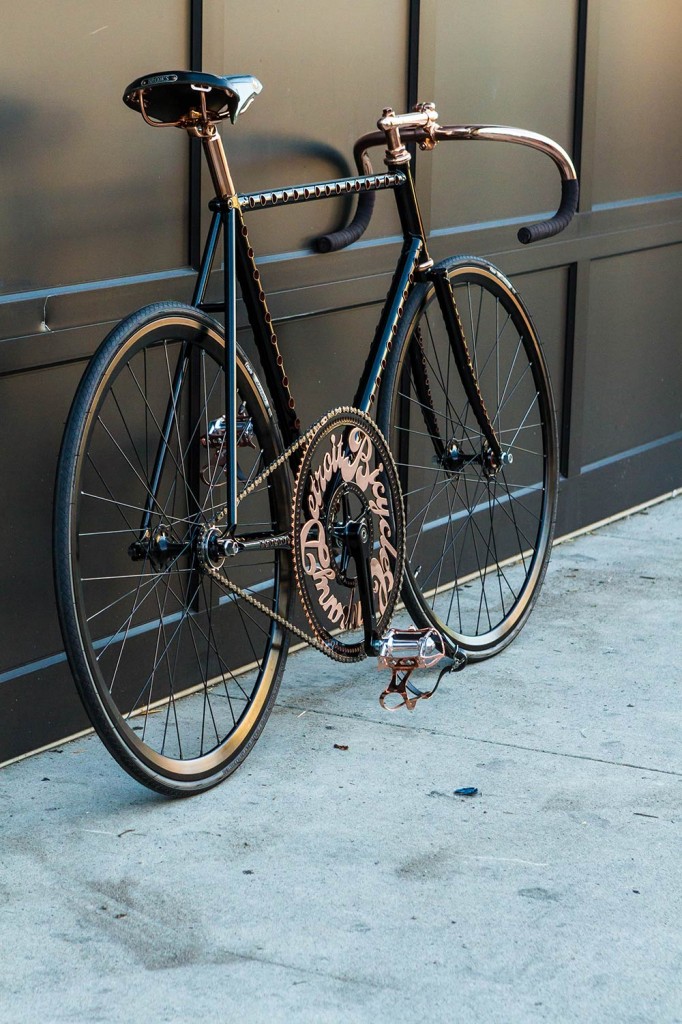
Technological Advancements: Pushing the Limits of Speed
- Electronic Shifting (continued): …pressure situations. Electronic shifting also allows for features like automatic gear trimming and integration with power meters for data-driven shifting recommendations.
- Disc Brakes: Disc brakes offer superior stopping power compared to traditional rim brakes, especially in wet weather conditions. This allows cyclists to maintain higher speeds with confidence, knowing they can brake safely and effectively when needed.
- Advanced Aerodynamics: Computational fluid dynamics (CFD) software and wind tunnel testing play a crucial role in optimizing frame designs for minimal drag. These tools allow engineers to analyze airflow around different frame shapes and components, leading to more aerodynamically efficient bicycles.
-
The Role of the Cyclist: Human Performance Matters
While technology plays a significant role, the cyclist themselves are a vital element in achieving high speeds:
- Physical Fitness: A strong and well-conditioned athlete is essential for generating the power needed to propel a bicycle at high speeds. Cyclists train extensively to build power, endurance, and VO2 max (the maximum amount of oxygen the body can utilize during exercise).
- Cycling Technique: Proper pedaling form, body position, and cornering techniques all contribute to maximizing efficiency and minimizing drag. Cyclists work on drills and practice specific techniques to ensure they are transferring power to the pedals effectively and maintaining a low aerodynamic profile while riding.
- Mental Focus and Strategy: Maintaining concentration, pacing oneself effectively, and executing race tactics are crucial for success in competitive cycling. Cyclists need to be mentally tough to push through fatigue and make strategic decisions throughout a race.
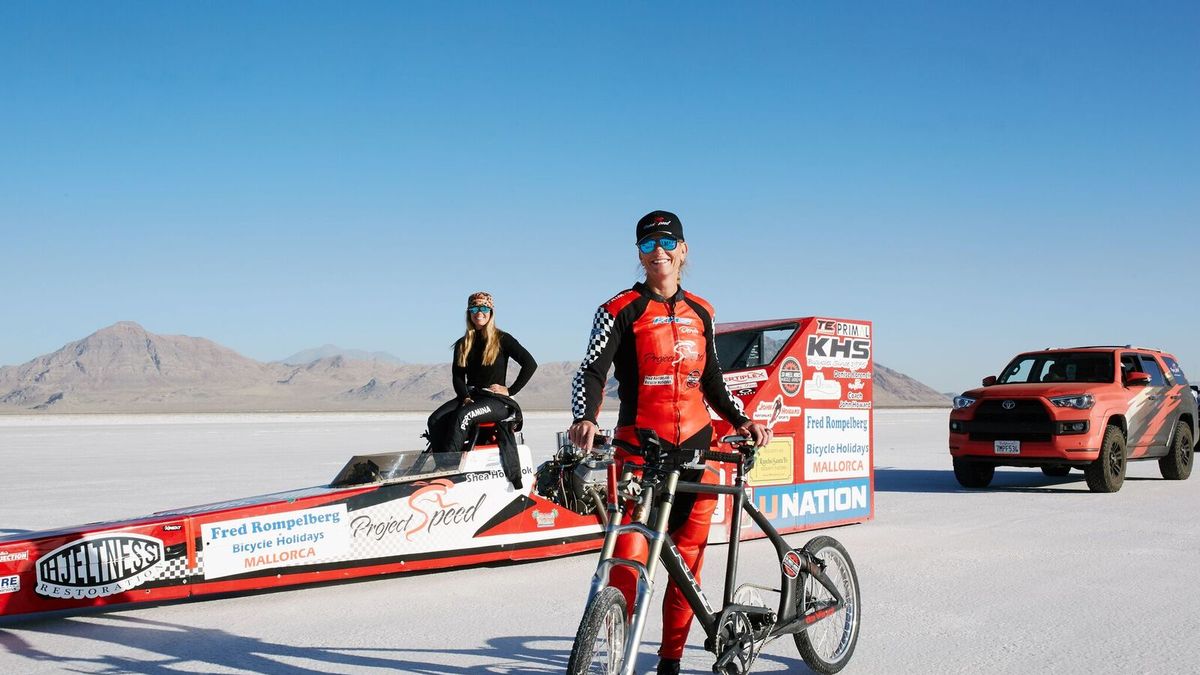
-
The Ultimate Challenge: Professional Cycling and Record Attempts
The pinnacle of cycling speed is showcased in professional cycling events and record-breaking attempts:
- Major Cycling Events: Events like the Tour de France, Giro d’Italia, Vuelta a España, and the UCI World Championships showcase the world’s best cyclists competing on challenging courses that demand both speed and endurance. These races feature high-performance bicycles equipped with cutting-edge technology and skilled riders who have trained for years to achieve peak performance.
- Record-Breaking Attempts: Beyond stage races, cyclists attempt to break world speed records on velodromes, flat courses, and even on extreme terrain like salt flats. These attempts often involve specially designed bicycles built for pure speed, with riders utilizing drafting techniques and specific pacing strategies to achieve record-breaking times.
- Technological Innovations in Professional Cycling: Professional cycling teams are at the forefront of technological innovation. They utilize cutting-edge equipment, from lightweight bicycles to aerodynamic clothing, to gain every possible marginal advantage. Team support also plays a vital role, with coaches, soigneurs (team assistants who provide food and drink during races), and mechanics ensuring that the riders have everything they need to perform at their best.
Safety Considerations for Speed: Riding Responsibly
While the thrill of speed is undeniable, safety should always be a priority:
- Appropriate Gear: A properly fitted helmet is essential for protecting your head in case of a crash. High-visibility clothing with reflective elements is crucial for low-light conditions, ensuring you are visible to motorists.
- Road Rules and Etiquette: Obey traffic signals, stop signs, and yield signs. Respect other road users and share the road safely. Maintain predictable riding patterns and avoid sudden maneuvers that could cause accidents.
- Risk Management: Before heading out on a ride, assess the route for potential hazards like potholes, debris, or heavy traffic. Avoid distractions like using your phone while riding, and adapt your riding style to weather conditions. Wet roads require extra caution due to reduced braking efficiency.
- Equipment Maintenance: Ensure your bicycle is in good working order before every ride. Check brakes, tires, and other components regularly for wear and tear. Having a properly maintained bicycle reduces the risk of mechanical failures that could lead to accidents.
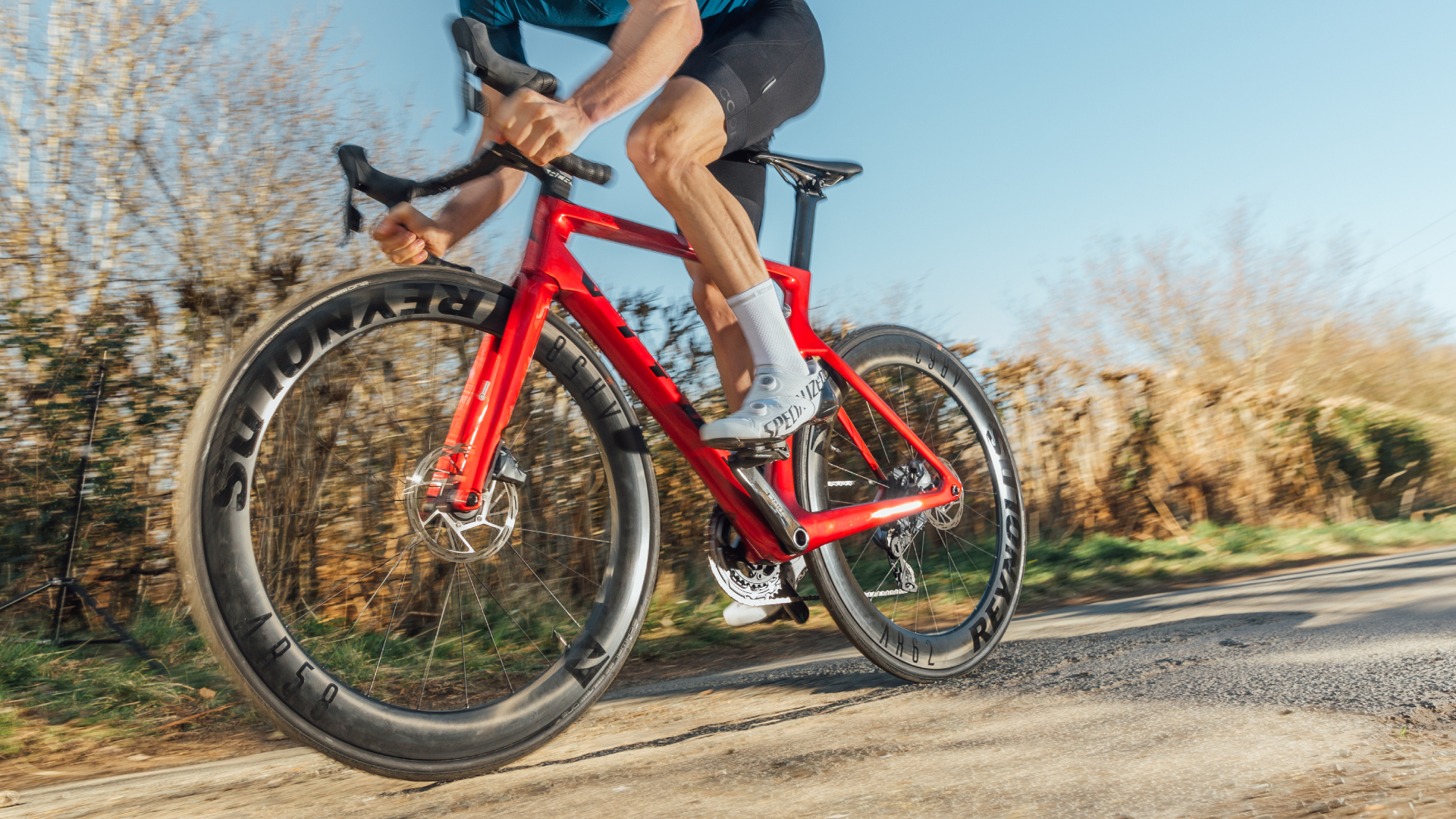
The Future of Fast Bicycles: Continuous Innovation
The future of fast bicycles holds exciting possibilities with ongoing advancements in materials and technology:
- Advanced Materials: New materials like graphene and composites promise even lighter, stiffer, and more aerodynamic frames. These materials could revolutionize bicycle design, allowing for even faster speeds.
- Intelligent Power Systems: The integration of electric motors and sensors could lead to the development of intelligent power systems that assist riders and provide real-time feedback on performance. These systems could be used for training purposes or even for assisted cycling experiences.
- Personalized Cycling Experiences: Tailored bike designs, advanced data analytics, and personalized coaching tools could optimize individual performance. Imagine bicycles that are custom-built to a rider’s body geometry and riding style, combined with training plans based on real-time performance data.